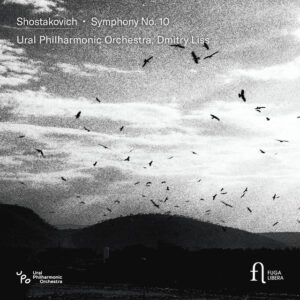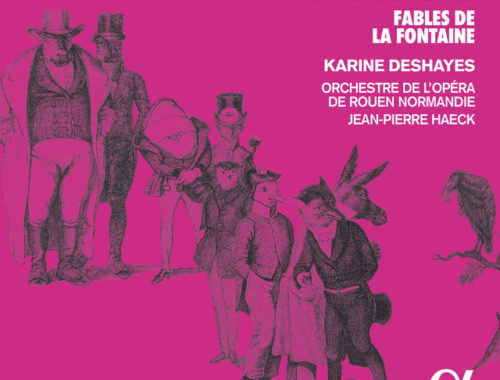GRAMOPHONE Review: Shostakovich Symphony No. 10 – Ural Philharmonic Orchestra/Liss & New Philharmonia Orchestra/Sanderling
 Two accounts of this great symphony – some would argue (not me) Shostakovich’s greatest – neither about to shake up the top recommendations for the piece but one undoubtedly possessed of the will and temperament to do so. With all due respect to Dmitry Liss (who is a new name to me) and his Ural Philharmonic Orchestra, their decent, eminently musical reading might more than pass muster as a one-off in a regional concert hall but it cannot begin to compete with the best that the gramophone catalogue offers in abundance.
Two accounts of this great symphony – some would argue (not me) Shostakovich’s greatest – neither about to shake up the top recommendations for the piece but one undoubtedly possessed of the will and temperament to do so. With all due respect to Dmitry Liss (who is a new name to me) and his Ural Philharmonic Orchestra, their decent, eminently musical reading might more than pass muster as a one-off in a regional concert hall but it cannot begin to compete with the best that the gramophone catalogue offers in abundance.
I was for a while admiring of the the way in which he unfolded the opening paragraph of the arching first movement. There was an inevitability about it, a searching quality (urged on with encouraging Barbirolli-like grunts from Liss) with pale interesting woodwinds leading the way and a brass section still happily displaying that distinctive
‘Russian’ vibrato, especially in the one or two chorale-like passages. But there is a dimension missing, a next level intensity, which can take us beyond the work’s ‘classical’ dimensions into the realms of life-dependancy. To be blunt, it’s tame.
Perhaps the shock of the infamous scherzo would have been greater if the chilling duet for two piccolos at the close of the first movement had found its own space instead of being moved on so matter of factly. And the arrival of that scherzo is hardly the savage intrusion that the music demands. Even the side drum seems to have abandoned its militaristic credentials. The sense of imminent derailment is nowhere. Like so much of this performance it’s simply too precise, too comfortable.
 Kurt Sanderling in his often thrilling live performance with the New Philharmonia Orchestra from 1973 takes a more deliberate view of the Stalin-inspired scherzo (I incline towards a racier treatment) but there is trenchancy and weight and a brute force in those string rhythms and the accumulative effect of a movement spinning out of control is undoubtedly scarifying. Indeed hearing both performances in quick succession the tension and imperative (and risk) which is so palpable in the Sanderling only reinforces what is so lacking in the Liss. That word again – temperament.
Kurt Sanderling in his often thrilling live performance with the New Philharmonia Orchestra from 1973 takes a more deliberate view of the Stalin-inspired scherzo (I incline towards a racier treatment) but there is trenchancy and weight and a brute force in those string rhythms and the accumulative effect of a movement spinning out of control is undoubtedly scarifying. Indeed hearing both performances in quick succession the tension and imperative (and risk) which is so palpable in the Sanderling only reinforces what is so lacking in the Liss. That word again – temperament.
In the third movement Sanderling really gives the lie to Shostakovich’s strenuous attempts at pastoral well-being. The movement’s uncertainly (and desperation in the dance-of-death climax) is writ large. So too the composer’s self-assertion in the second half of the finale. The way we hurtle towards the roaring declamation of the DSCH monogram in the central climax is wonderfully defiant.
The ICA Classics disc also includes the Alfredo Casella orchestral transcription of Balakirev’s finger-twisting piano piece Islamey where the sparks really fly between that great Shostakovich disciple Kirill Kondrashin and Tommy Beecham’s old orchestra, the Royal Philharmonic. It’s a Slavic frenzy alright (horns and trumpets on athletic form) but I love too the way Kondrashin points up the earthy homespun character of the curvaceously folksy central section. A collective gathering of breath before the frenzied bacchanal resumes.
You May Also Like

COMPARING NOTES WITH OSCAR CONLON-MORREY
14/09/2021
COMPARING NOTES with ALFIE FRIEDMAN
05/01/2023

